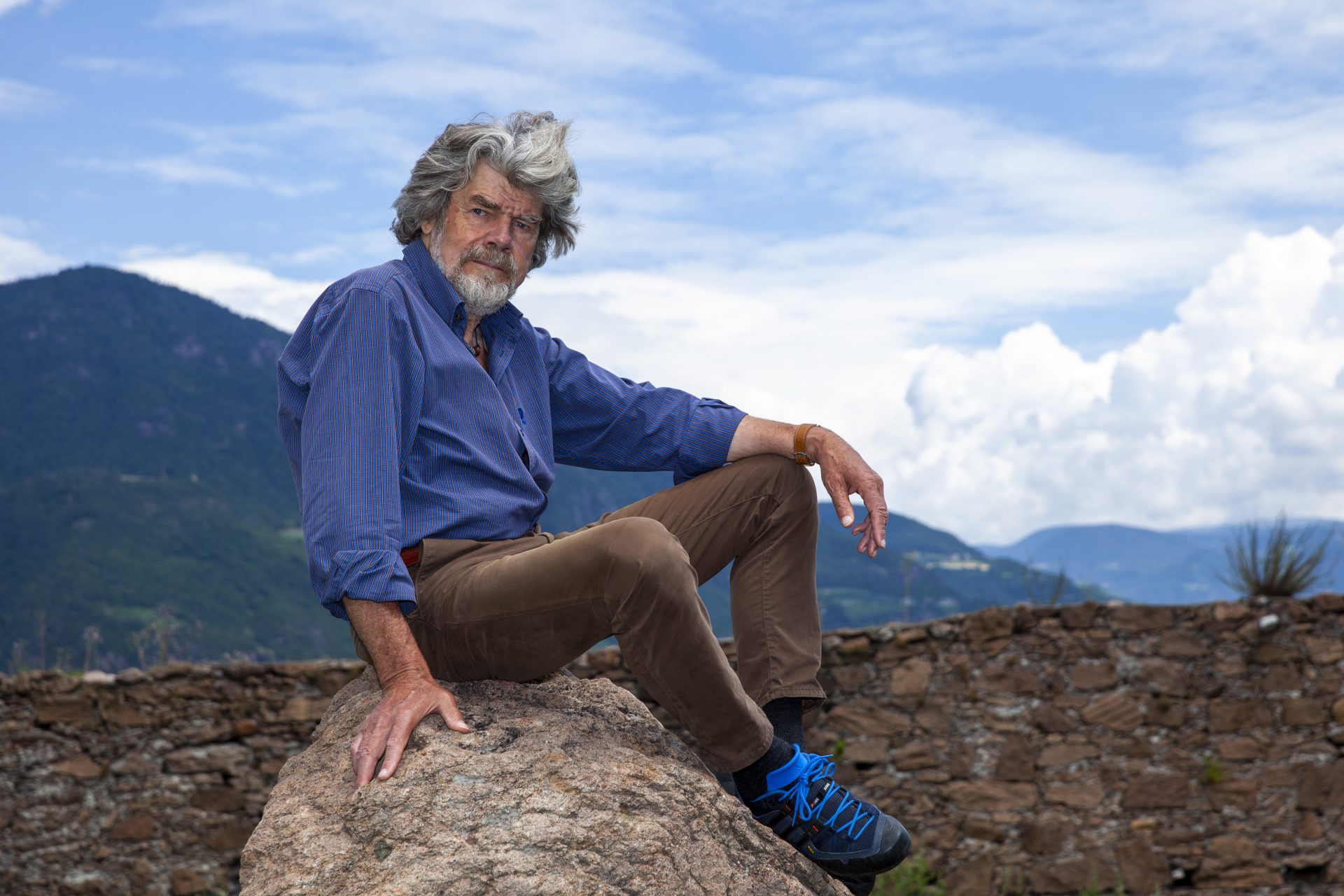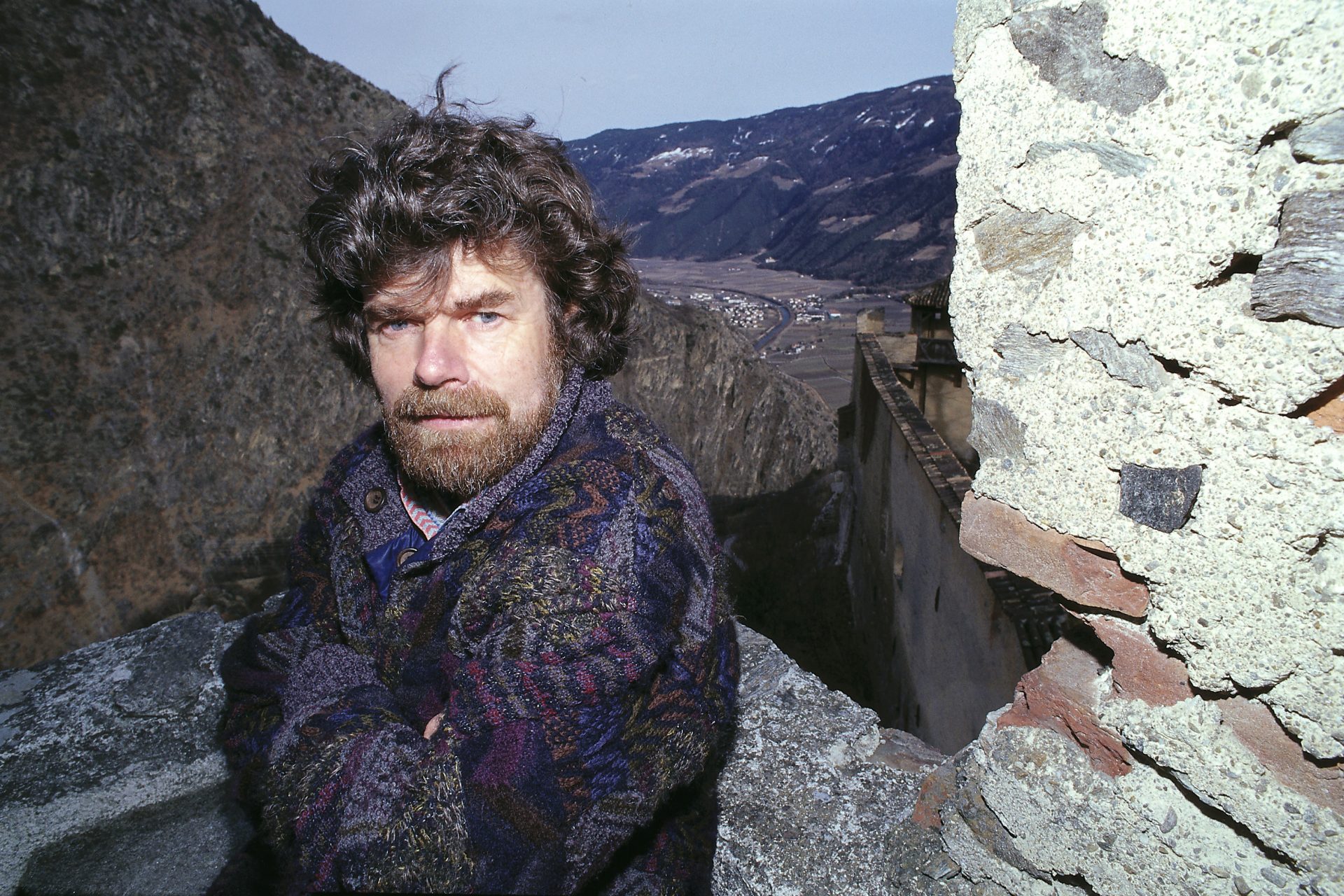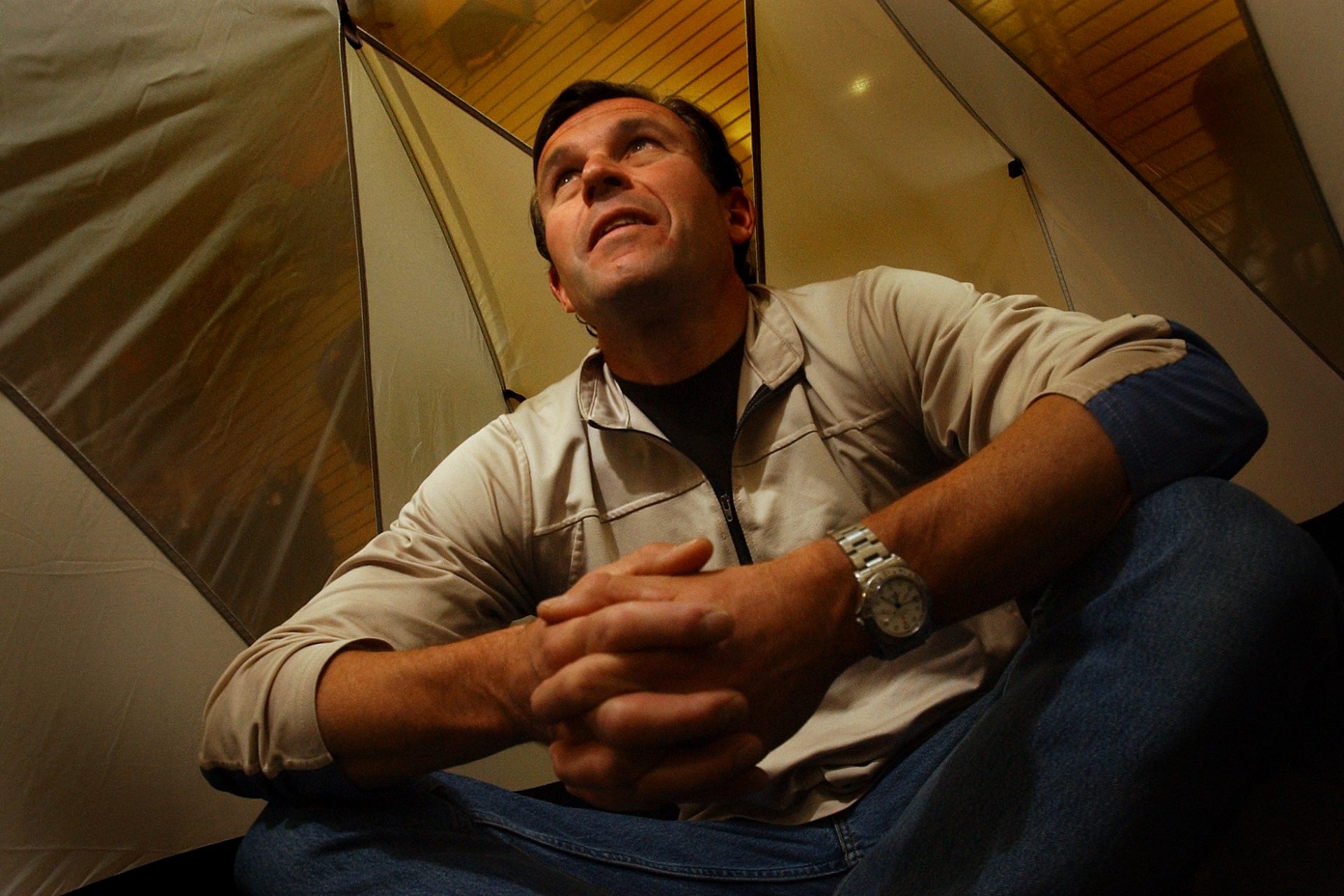The shocking revelation that wiped out 40 years of mountaineering records
There are 14 mountains in the world that have captured the imaginations of adventurers throughout history. These mountains have earned the term "eight-thousanders" due to the fact they sit at least above 8,000 meters above sea level.
Summiting such a mountain is a feat that only a select group of people will get to do – and even less than we once thought, if a recent revelation is anything to go by.
These notorious mountains are all located on the Asian continent and are concentrated in two mountain ranges: the Himalayas – the highest mountain range on earth, which stretches across borders through countries such as Bhutan, Nepal, China, Burma, India and Pakistan – and the Karakoram, which is on the border between Pakistan, India and China.
Want to see more like this? Follow us here for daily sports news, profiles and analysis!
The first mountaineer to climb all 14 eight-thousanders was the Italian Reinhold Messner, who took 16 years to do it, from 1970 to 1986, without oxygen tanks.
Spanish mountaineer Edurne Pasaban is the first woman to climb all 14 peaks. She did it in 9 years, between 2001 and 2010, taking the honor from South Korean Oh Eun-sun, who had previously done it irregularly. However, the Austrian Gerlinde Katenbrunner was the first to do this without oxygen (2011), according to National Geographic.
Among these outstanding mountaineers, some surpass anything imaginable, like Nepalese Nirmal Purja, who set the record for the shortest time for this feat, climbing the 14 peaks in just 6 months and 6 days in 2019.
The record is controversial, with many claiming that Purja only truly achieved it two years later, in 2021, when he climbed one of the eight-thousanders again – completing what some consider his first true ascent of all these peaks.
In July 2022, the controversy was started by a renowned expert in mountaineering statistics, the German Eberhard Jurgalski, who claimed through his website 8000ers that only three people have actually reached the tops of the 14 mountains: Edmund Viesturs, Veikka Gustafsson and Nirmal Purja.
According to Jurgalski, several mountains in this elite group were not fully summited by most climbers, who stopped just a few meters short of the true peak. This is the conclusion he came to after analyzing the climbs with experts and assistance from the German Aerospace Center (DLR).
It's a revelation that has caused chaos in mountaineering record books, as Outside magazine recounted, among those who had stopped short of Annapurna’s true peak was Reinhold Messner.
Jurgalski’s research now suggests that American climber Edmund 'Ed' Viesturs was the first to truly reach the summits of all 8,000-meter peaks. As such, on September 18, 2023, Guinness World Records revealed that in light of the discovery, they would no longer list Messner as the first person to reach the summits of all of the 8,000-meter peaks.
But intentions aside, Jurgalski ultimately changed the history of mountaineering with just a sentence.
But far from records and controversy, let's take a look at these 14 impressive mountains that are over 8,000 meters high. Many of them are quite well known, others not so much. Let's take a tour of the heights...
At 8,846 meters in the Himalayas between the borders of Nepal and Tibet in China, it is the highest mountain on earth and owes its name to British colonel and surveyor George Everest (1790-1866), who was responsible for the topography of India from 1830 to 1843. Its peak was first reached in 1953 by Edmund Hillary and Tenzin Norgay.
The second highest peak in the world at 8,611 meters belongs to the Karakoram Mountains and lies between Pakistan and China. However, it is considered more challenging to climb than Everest, and its name comes from a note on a topographical survey taken of it. Italians Lino Lacedelli and Achille Compagnoni were the first to climb it in 1954.
It belongs to the Himalayas and with a height of 8,586 meters is the highest mountain in India and the second highest in Nepal. Its name translates to 'The Five Treasures of Snow' as it has five peaks, four over 8,450 meters. Britons George Band and Joe Brown were the first to reach the summit in 1955.
It is also in the Himalayas, very close to Everest and connected to it by the South Col. It has 8,516 meters of altitude and also lies between the borders of Nepal and Tibet in China. It is one of the eight-thousanders with the lowest accident rate and was first climbed in 1956 by the Swiss Ernst Reiss and Fritz Luchsinger.
Want to see more like this? Follow us here for daily sports news, profiles and analysis!
It is located in the Mahalangur region of the Himalayas, 19 km southeast of Mount Everest on the China-Nepal border. Its name comes from Sanskrit, which means Black Mountain, and it has an altitude of 8,463 m. Its first ascent was recorded in 1955 with Frenchmen Jean Couzy and Lionel Terray as protagonists.
Cho Oyu lies at an altitude of 8,201 meters in the Himalayas, just 20 kilometers from Everest. Its name means 'Turquoise Goddess' in Tibetan and it lies between Nepal and Tibet. Austrians Herbert Tichy and Sepp Joechler and the Sherpa Pasang Dawa Lama climbed it for the first time in 1954.
It was the penultimate of the 14 eight-thousanders crowned in 1960 by Kurt Diemberger, Peter Diener, Ernst Forrer, Albin Schelbert, Nawang Dorje and Nima Dorje. It has an elevation of 8,167 meters and is located in Nepal. Its name, which comes from Sanskrit, is a mixture of mountain and iridescent, white and beautiful.
It is located in the Gandaki region of Nepal and has an elevation of 8,163 meters. Its name means 'mountain of spirits' in Sanskrit and it was first climbed in 1956 by two Japanese expedition teams, Toshio Imanishilos and Gyalsen Norbu, and Minoru Higeta and Kichiro Kato. He is also the first eight-thousander to be climbed by women in 1974: Naoko Nagaseko, Masako Uchida and Mieko Mori, also from Japan.
It has an altitude of 8,125 meters and is located in Pakistan in the Karakorum Mountains. Its name derives from the fact that it is a very isolated mountain, separate from the others. Its summit was reached for the first time in 1953 by the Austrian Hermann Buhl in a solo ascent.
Although not among the highest eight-thousanders, it is one of the most famous and, according to experts, one of the most difficult to climb along with K2 and Nanga Parbat. It is 8,091 meters high and is located in Nepal. Annapurna means 'goddess of the harvest' or 'goddess of plenty' in Sanskrit. Frenchman Maurice Herzog – who lost all 20 fingers and toes in the process – and Louis Lachenal were the first to defeat it in 1950.
Also known as Hidden Peak (or the Hidden Peak) and occasionally as K5 or Moravi I. It has an elevation of 8,068 meters and lies between the borders of Pakistan and China. Its summit was first reached in 1958 by the Americans Peter Schoening and Andrew Kauffman.
8,047 meters high, it is located in Pakistan in the Karakorum Mountains. It has a subsidiary peak, Broad Peak Central at 8,016 meters, which was first climbed by a Polish expedition in 1975. The main summit was reached in 1957 by the Austrians Kurt Diemberger, Hermann Buhl, Marcus Schmuck and F. Wintersteller.
Want to see more like this? Follow us here for daily sports news, profiles and analysis!
Also located in the Karakorum between the borders of Pakistan and China, it reaches an elevation of 8,035 meters and was originally known as K4. In 1956 the Austrians F. Moravec, J. Larch and H. Willenpart climbed its summit for the first time.
The final mountain of the select group of eight-thousanders has a height of 8,027 meters and is the only one found entirely in Tibet, in the Himalayas. Its name means 'ridge on the grass plain' in Tibetan because of its lack of large mountains around it. A Chinese military expedition of 10 men was the first to reach the summit in 1964.
Want to see more like this? Follow us here for daily sports news, profiles and analysis!
More for you
Top Stories










































